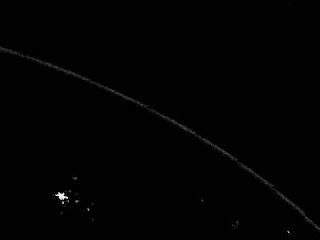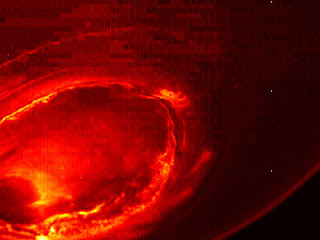Scale an instrument or machine for weighing. 2a : a beam that is supported freely in the center and has two pans of equal weight suspended from its ends oun Zoology. one of the thin, flat, horny plates forming the covering of certain animals, as snakes, lizards, and pangolins. one of the hard, bony or dentinal plates, either flat or denticulate, forming the covering of certain other animals, as fishes. any thin, platelike piece, lamina, or flake that peels off from a surface, as from the skin. a sequence of marks either at regular intervals or else representing equal steps, used as a reference in making measurements. a measuring instrument having such a scale. the ratio between the size of something real and that of a model or representation of it.





